In the case of a summer heatwave, families in Ireland could be forced to turn off their hosepipes as has happened this July. Due to a lack of rainfall and increased demand for water, supply reservoirs are lower than necessary. Especially during the hottest months of the year. The Irish Government is likely to implement a hosepipe ban as a result of this, bringing water consumption closer to winter levels.
What does a ban on hosepipes imply for gardeners?
Prepare to adjust to change if you have a large allotment or frequently use a hosepipe. You must not use a hosepipe, regardless of how much you are growing or how much water your plants require. At least until the prohibition is lifted. We appreciate that this is a major issue for some of you.
A hosepipe restriction, on the other hand, does not have to be lethal for you or your plants as a gardener. In this essay, we’ll go over several easy and practical techniques for surviving the hosepipe ban. It doesn’t matter if you’re talking about your backyard or your allotment.
Making Use of Grey Water
Summer is characterized by low rainfall, making it a potentially dry season. This, along with a hosepipe restriction, spells disaster! Using grey water, on the other hand, is one technique to get around this.
Grey water is residential wastewater that is generally clean and can be recycled.
Grey water can be collected in a variety of ways, including the shower, bath, sink, and dishwashing bowl.
Any other place where water is fairly clean after being domestically utilized, leftover boiling water (cooled) Collecting and conserving water for use in the garden is a fantastic idea. Especially during a drought or when hosepipes are prohibited. Some types of grey water are really good to plants in terms of nutrition. Beneficial minerals can be found in the water used to cook vegetables for meals, which can then be cooled and used to water plants. Because grey water has little or no nutritional value, we recommend supplementing it with some artificial nutrients.
Fortunately, there is a solution to this problem!
Surfactants are found in dishwashing liquid. Surfactants are surface active agents that reduce surface tension between two surfaces, such as a liquid and a solid. So it’s a choice between water and dirt in this scenario. As a result, dishwashing liquid has the capacity to minimize surface tension. The waxy surface of the soil particles is broken down, allowing water to penetrate and be absorbed. Instead of running through and beyond the soil.
Aquaphobic Soil Treatment
During a heat wave, the soil in many gardens can become aquaphobic, depending on the quality and status of the soil. When soil becomes partially impervious to water, it is called aquaphobic soil. Inconsistent water delivery, which has an impact on the quality or potential of plant life. The breakdown of waxy, water-repellent compounds in the soil causes this water repellency. These harden even more, causing the soil to become tightly compacted, especially during hot spells.
Self-Watering Methods
Conserving Water
Of course, the obvious benefit is that they conserve water. Consider how you regularly water plants in hot weather using a hosepipe from above. The majority of this water will evaporate once it comes into contact with the air. Unless you apply it for long enough for it to seep into the soil. That is to say, it is never truly accessible to the roots.
Water is gradually supplied into the depths of the soil with self-watering systems. The water does not evaporate as a result of this. The amount of water consumed in these systems is far less than in ‘traditional’ watering. Furthermore, for the optimal growing circumstances, a healthy moisture environment is maintained.
Retention of Nutrients
Plants using self-watering systems gradually release moisture to their roots. As a result, the nutrients in the soil are better maintained in the plant’s immediate growing environment. As a result, the nutritional value of compost, soil, fertilizers, and other treatments is not squandered.
Boosting Root Growth
Your plant roots will not benefit from shallow watering or a brief sprinkle with a hosepipe. It’s almost certain that this will lead to shallow root growth. Water travels deeper into the soil with a more penetrating irrigation approach. As a result, plant roots are encouraged to grow deeper in order to locate moisture. The water doesn’t oversaturate the soil because the plants are watered gradually, therefore there’s no risk of root rot!
Methods for Self-Watering: The following are simple DIY self-watering systems. They provide water to your plants in order to conserve water, retain nutrients, and promote root growth.
- Wine Bottle Feeder
- Ice Cubes
- Milk Bottle
- Feeder String and Bottle Capillary Action

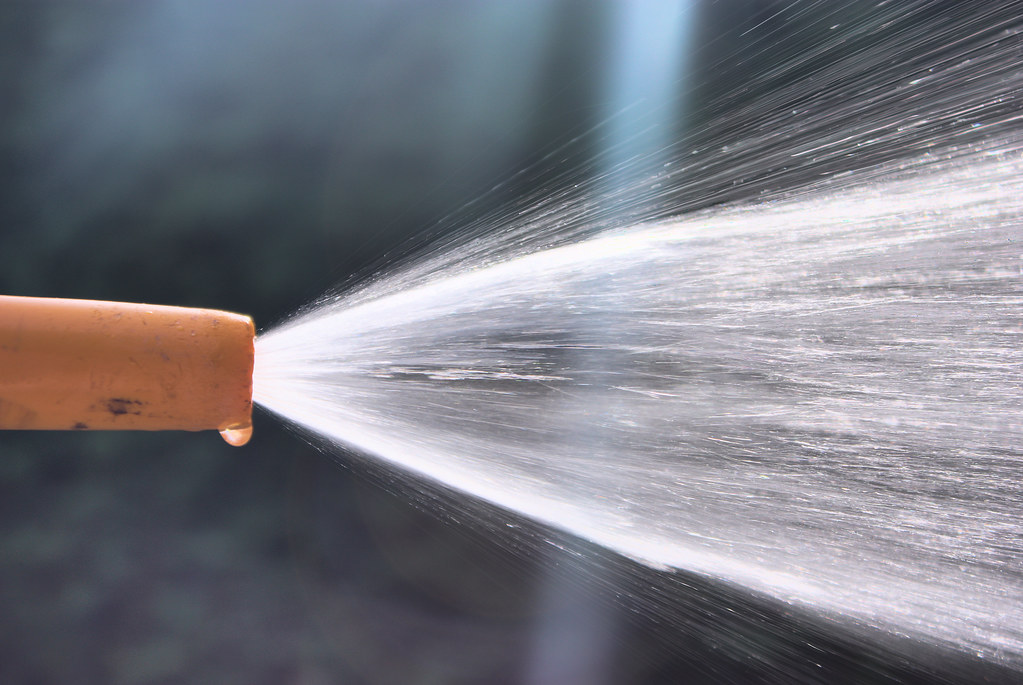
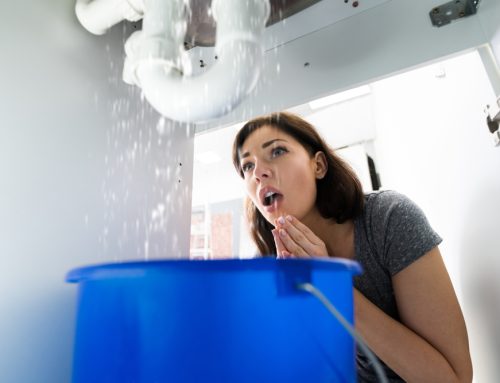
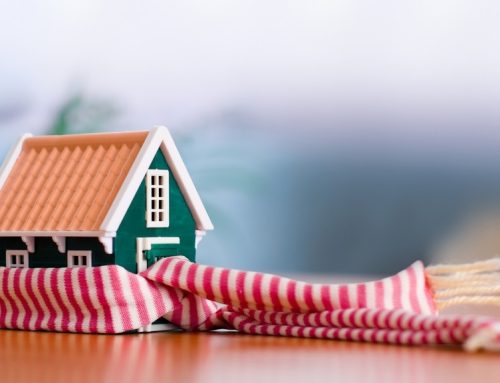
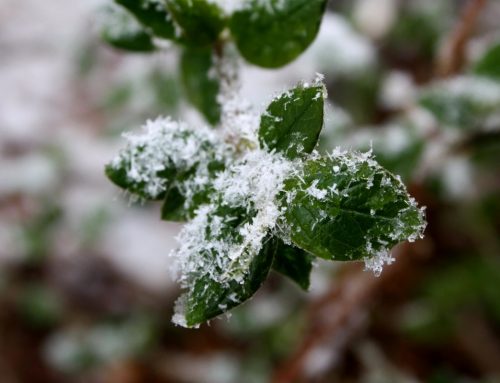
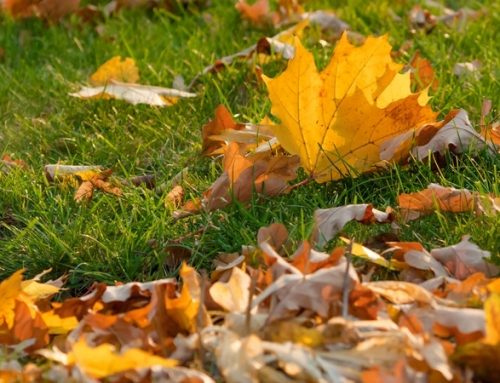
Leave A Comment